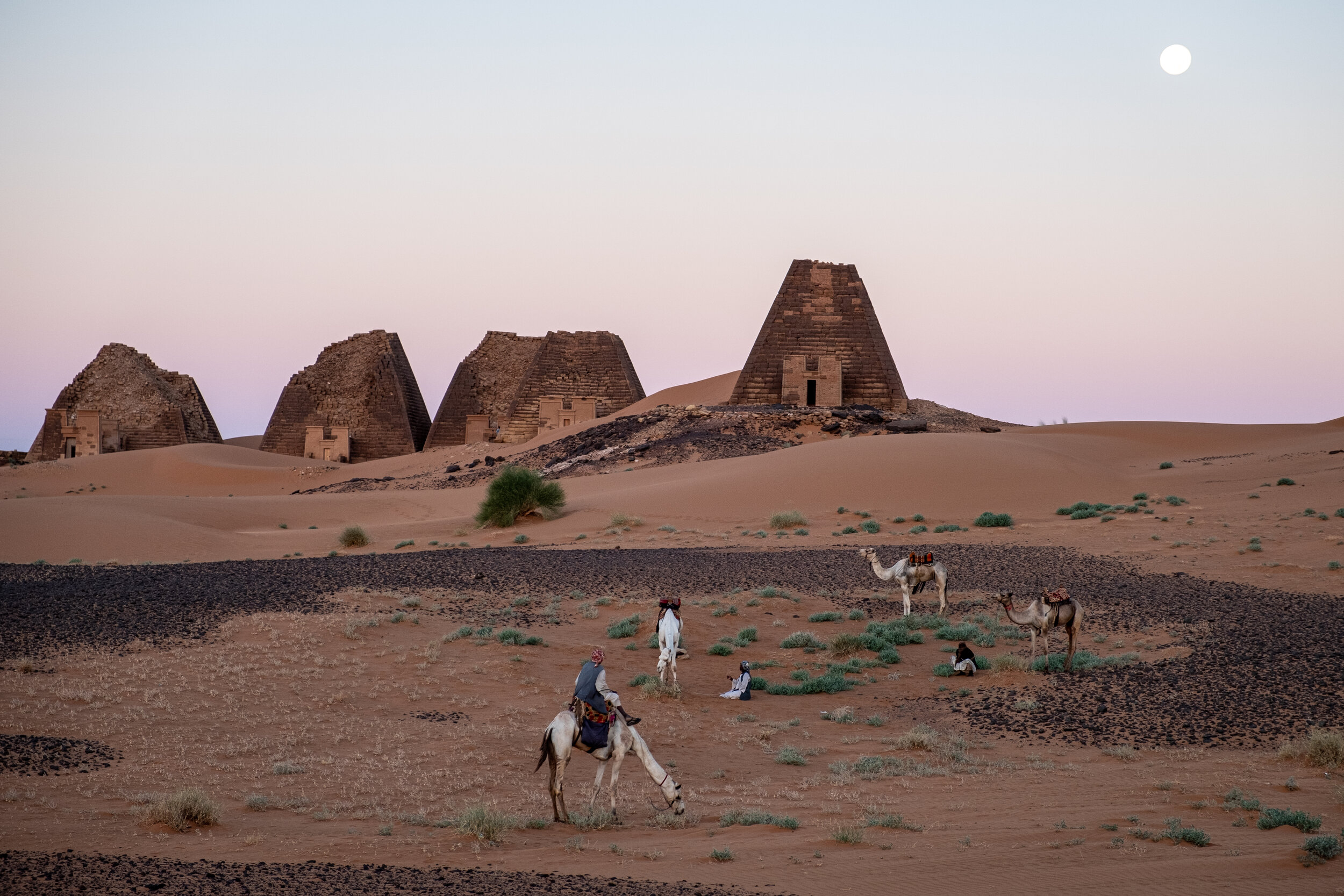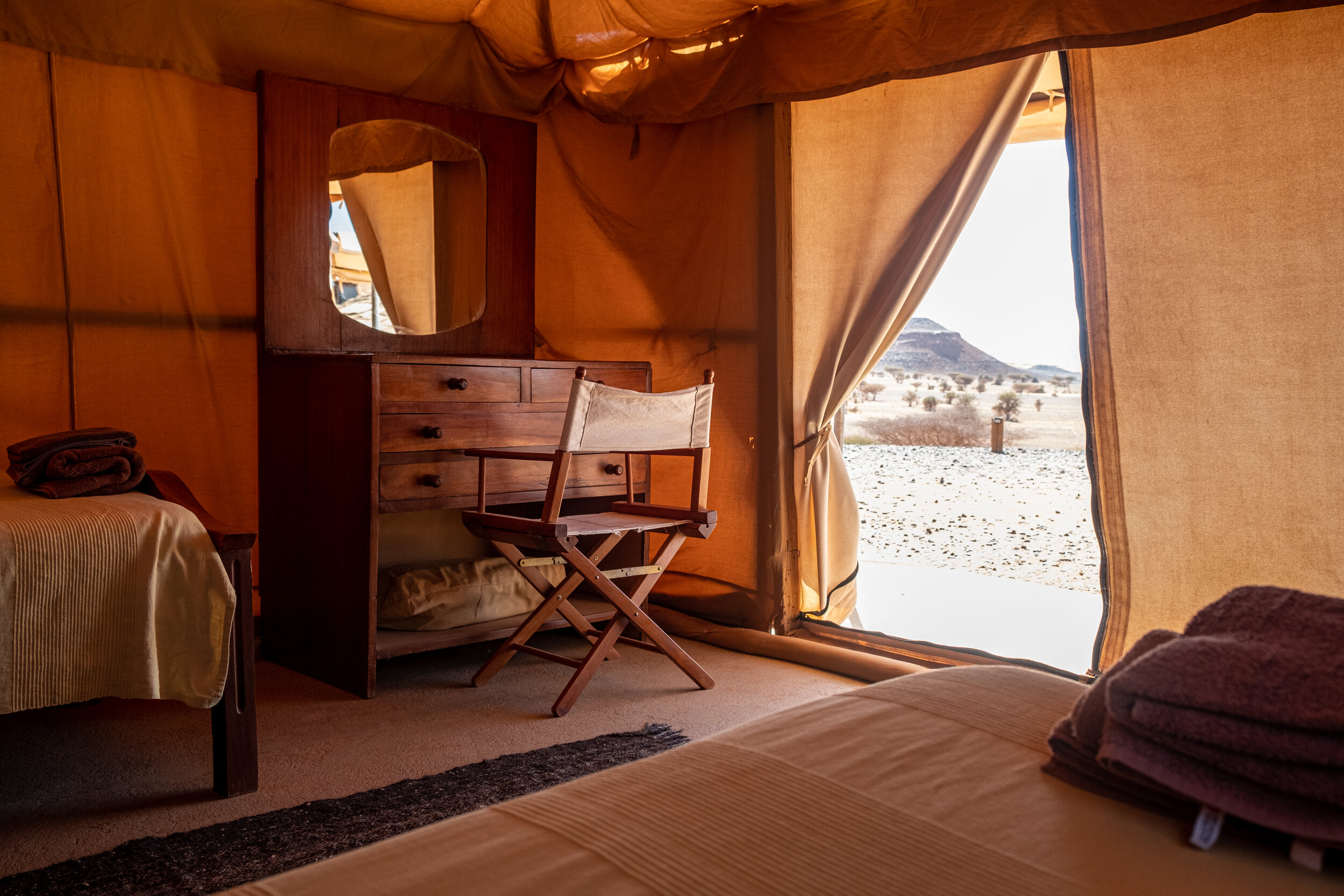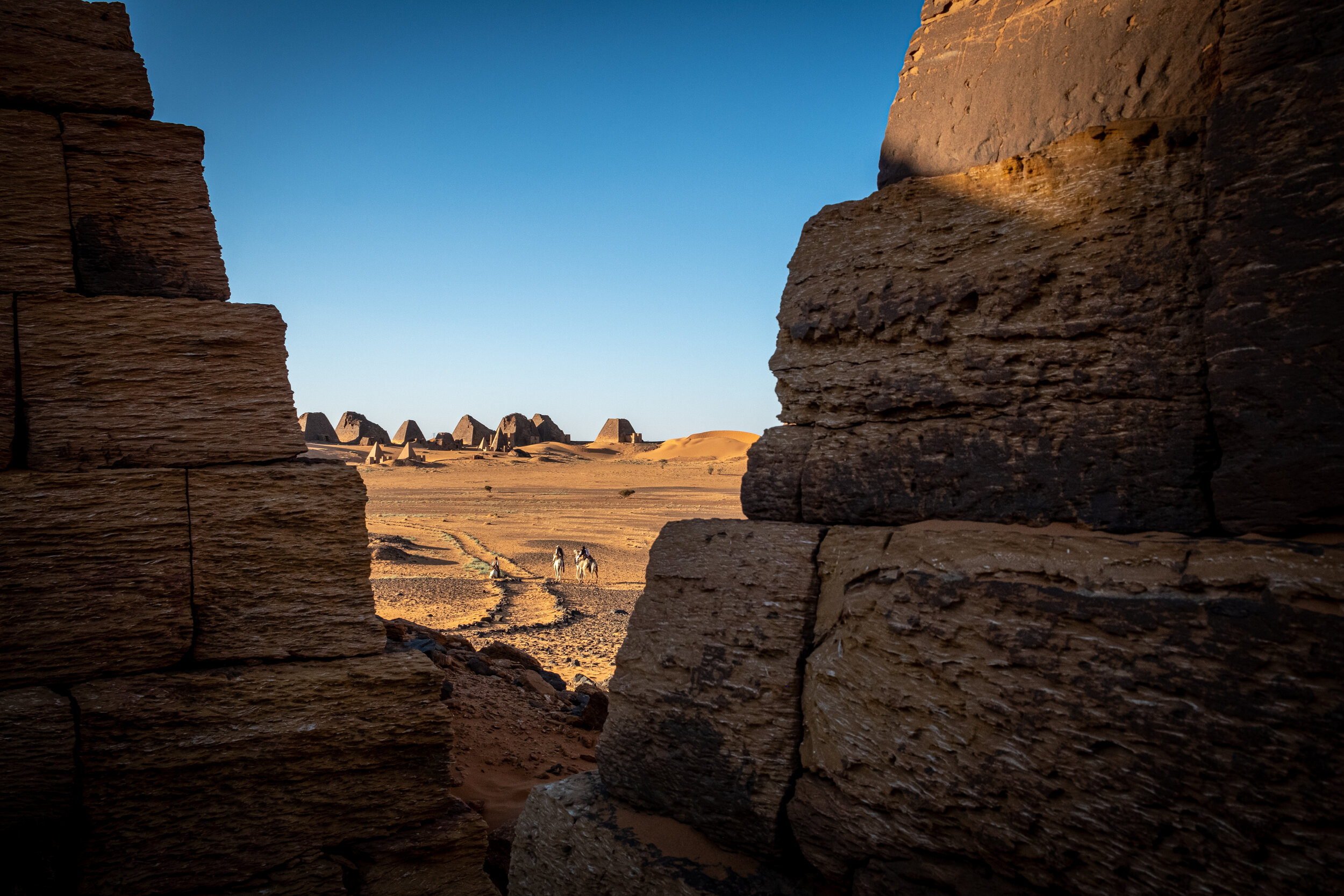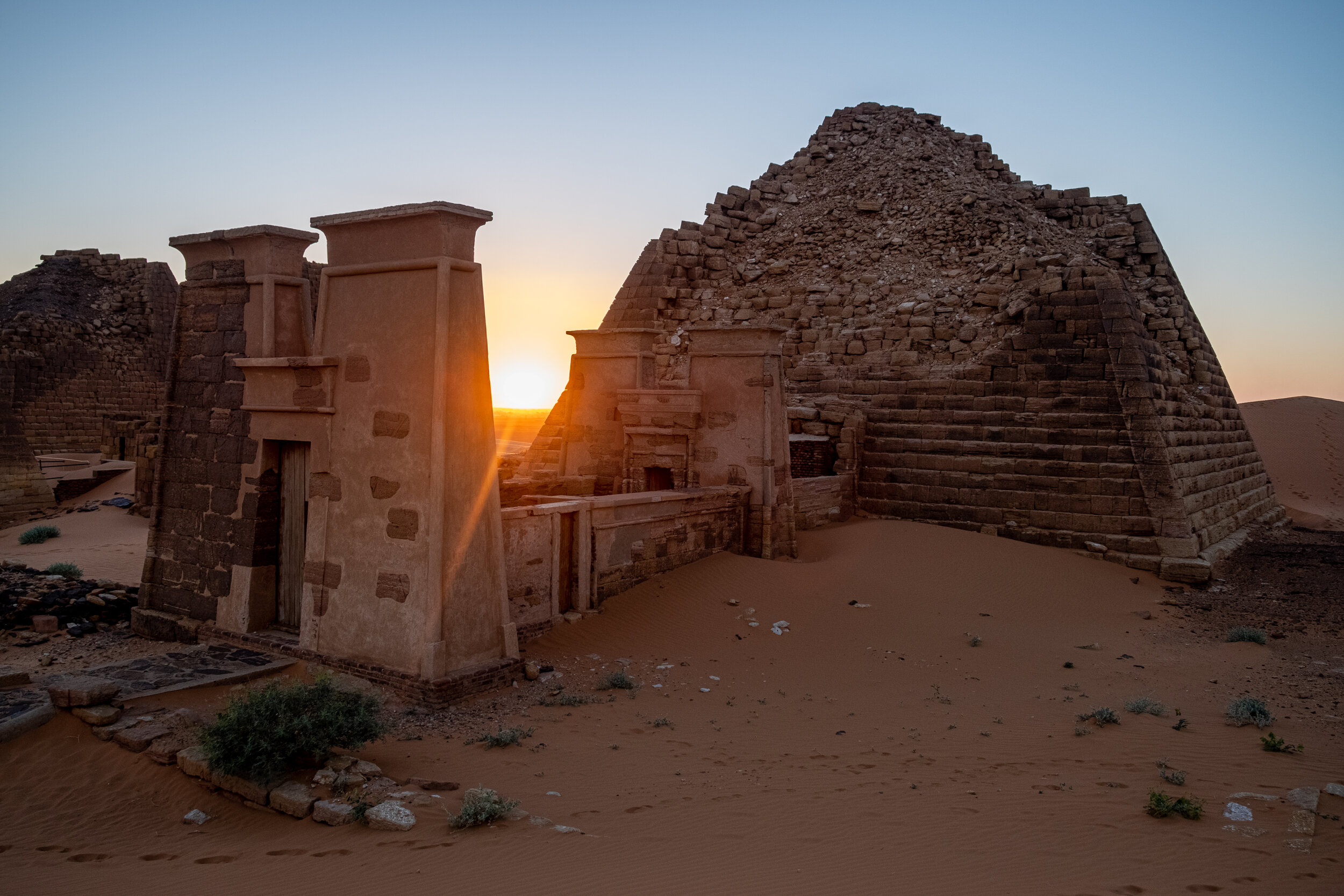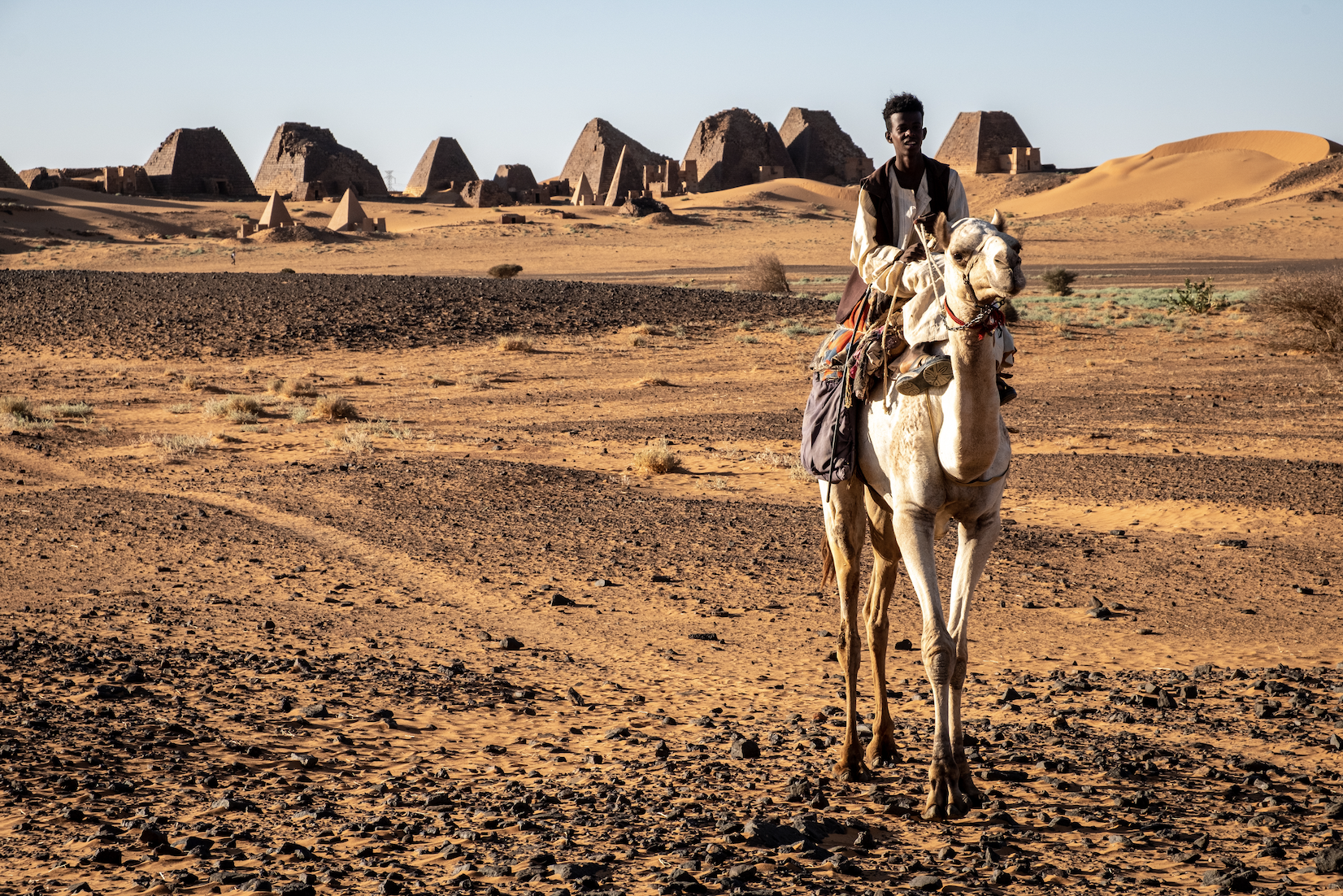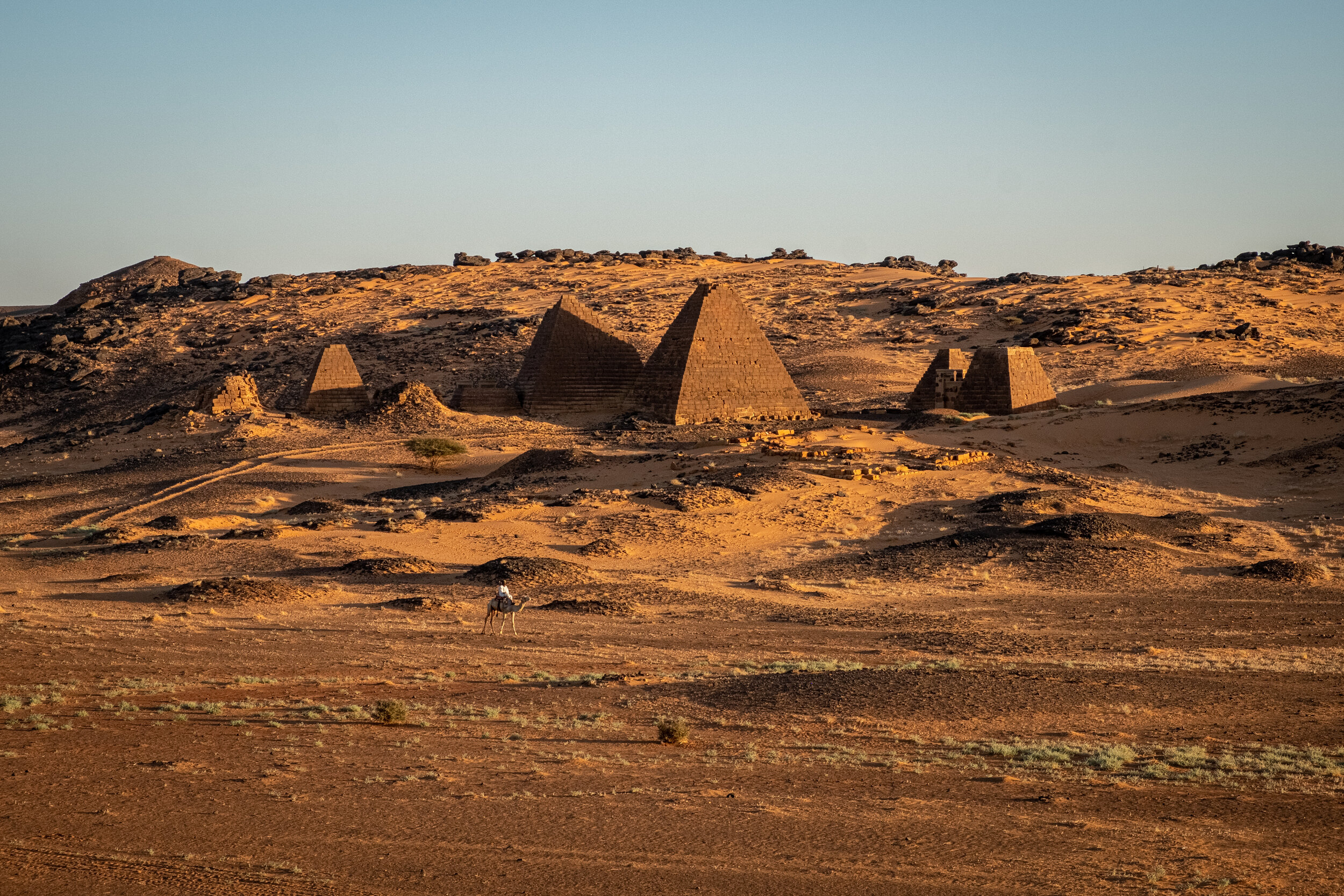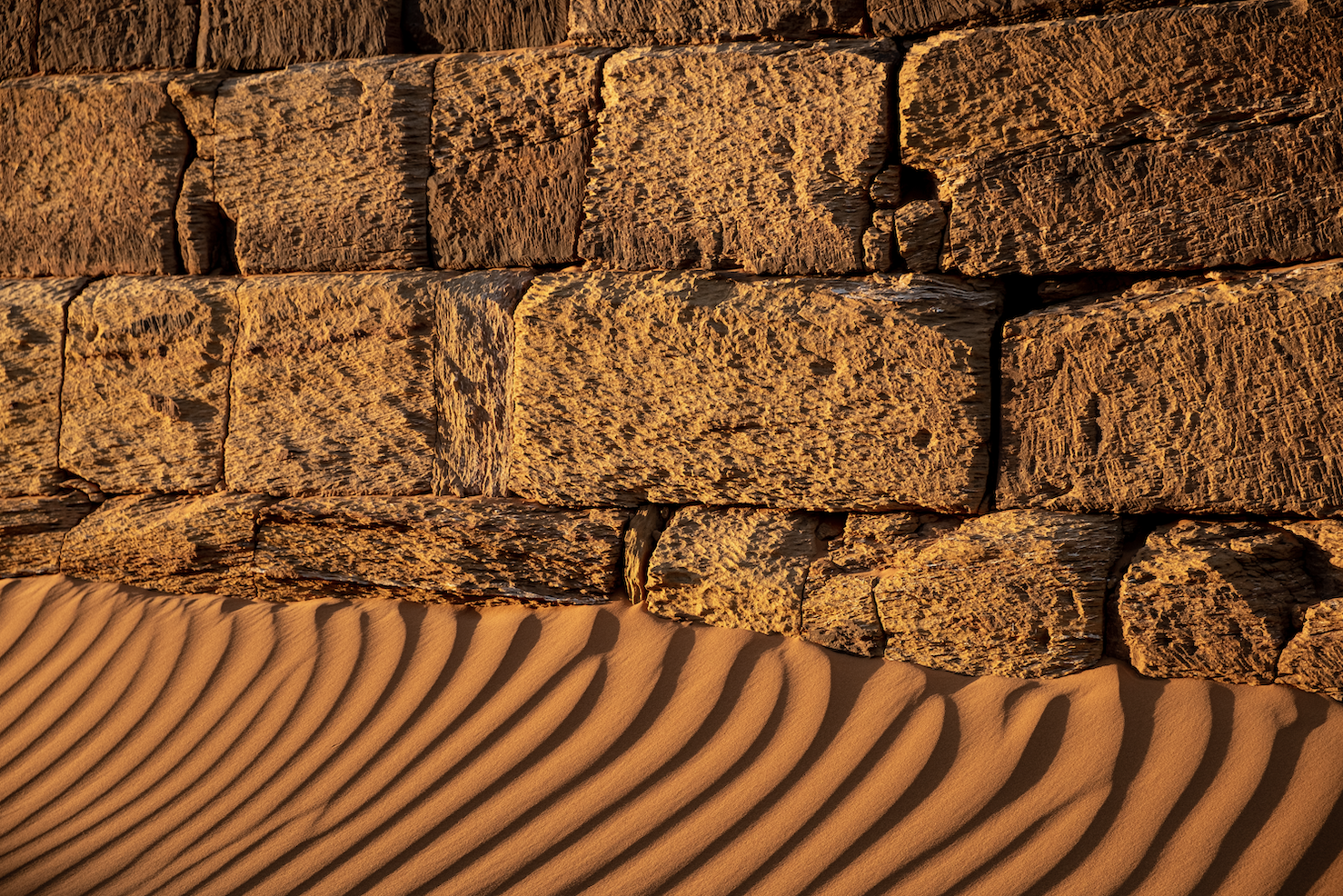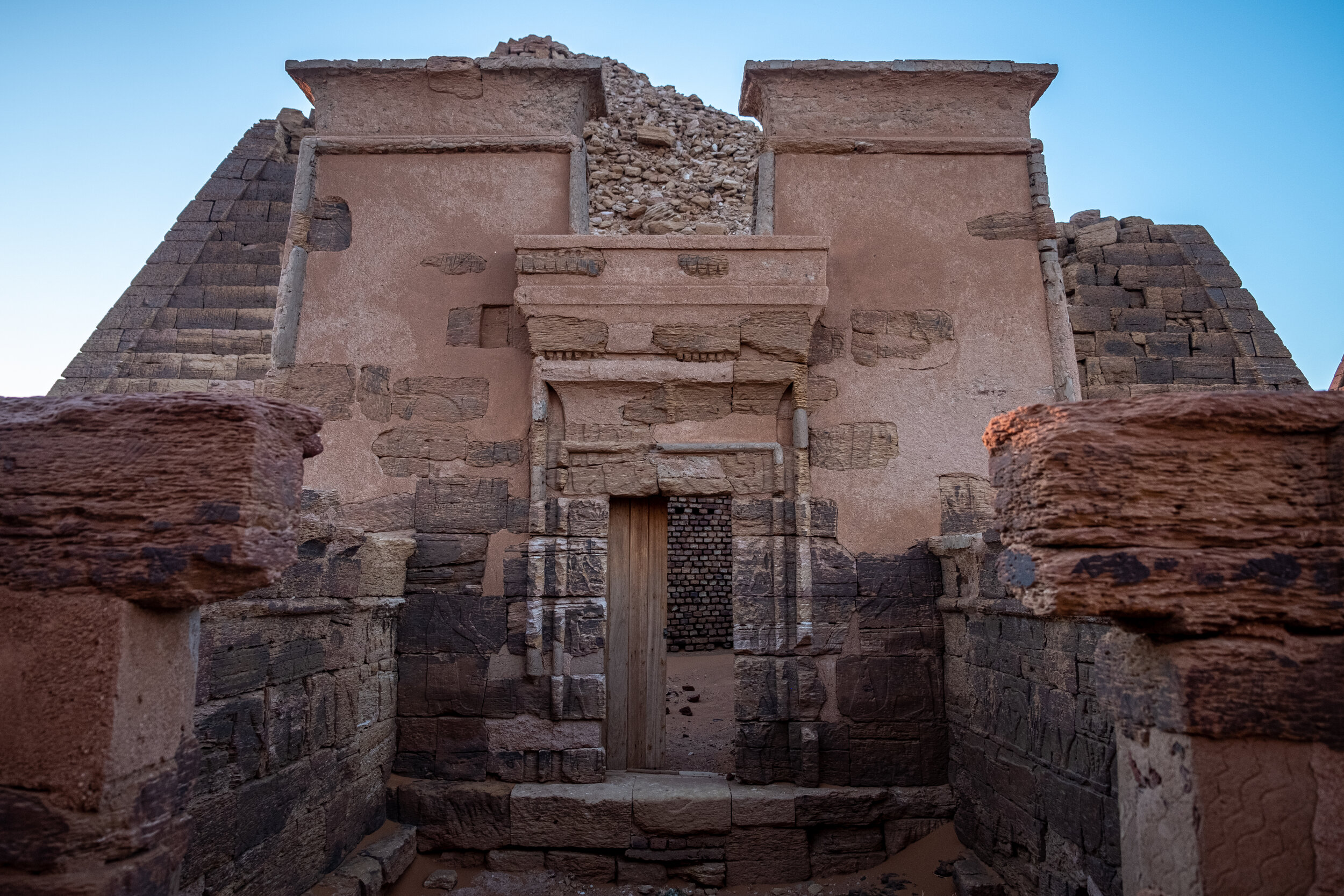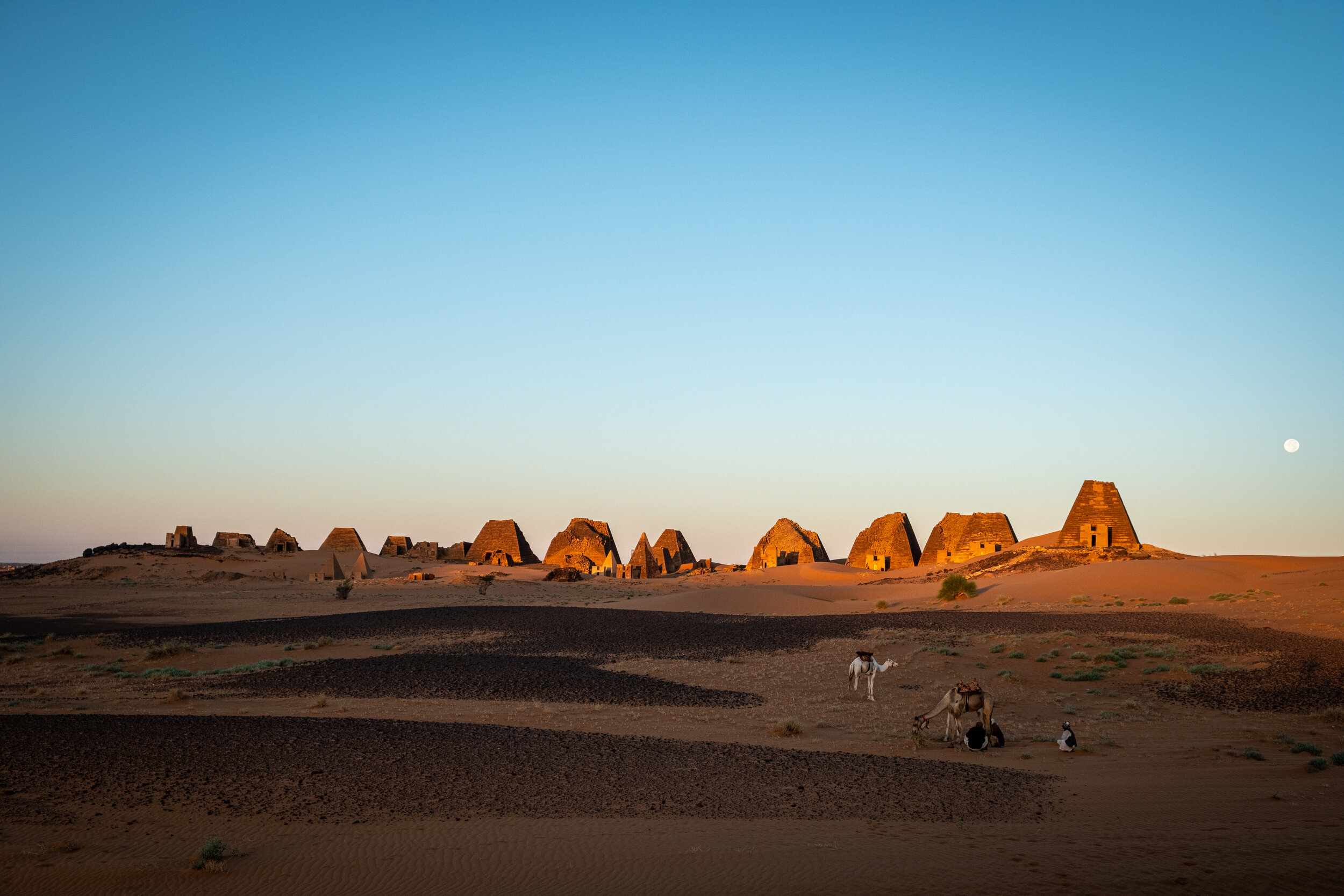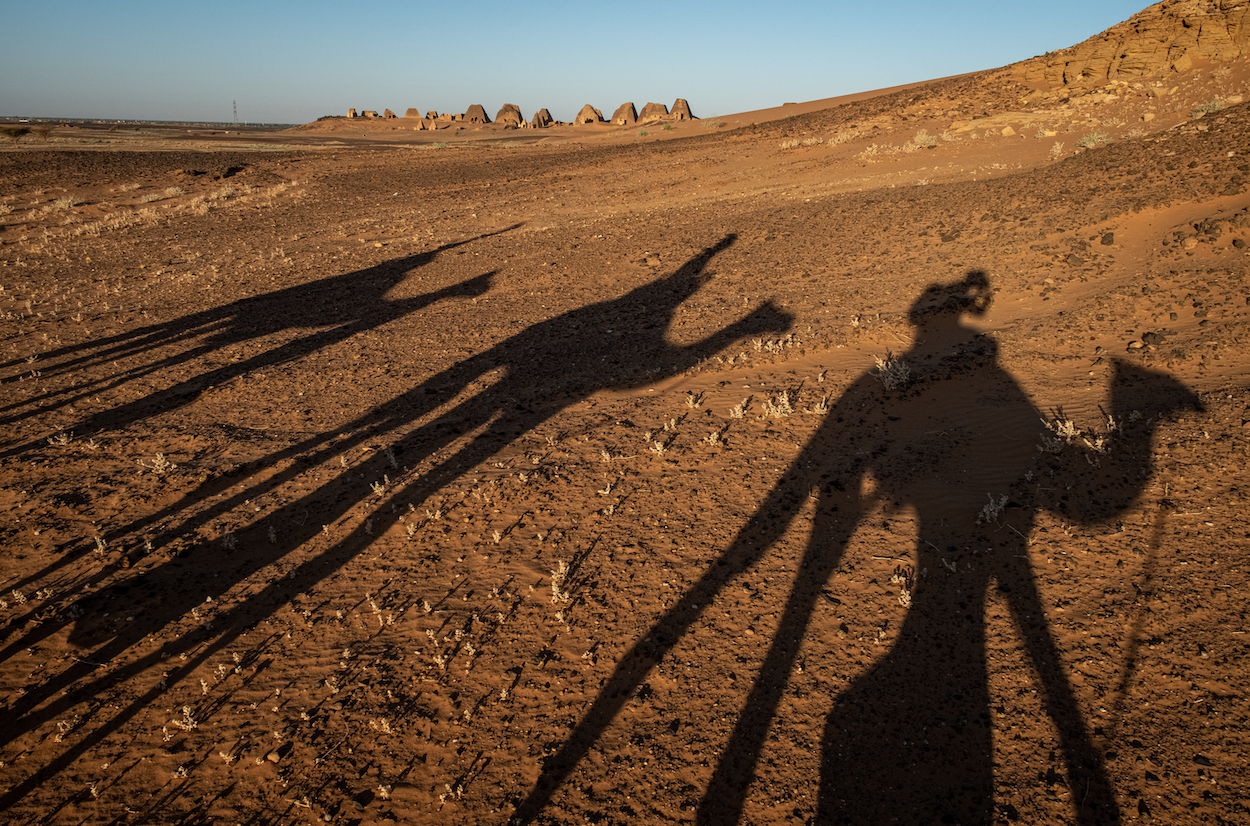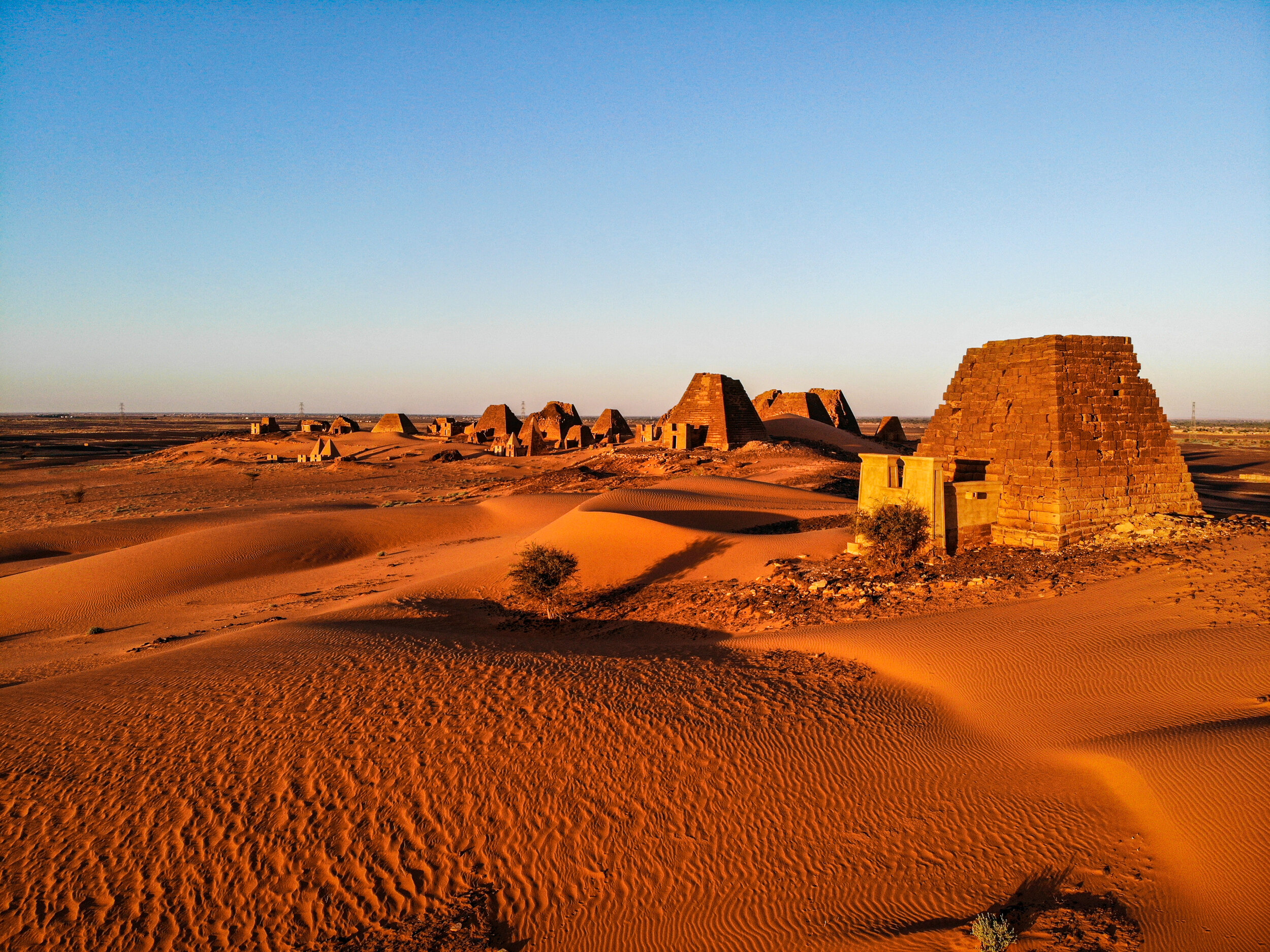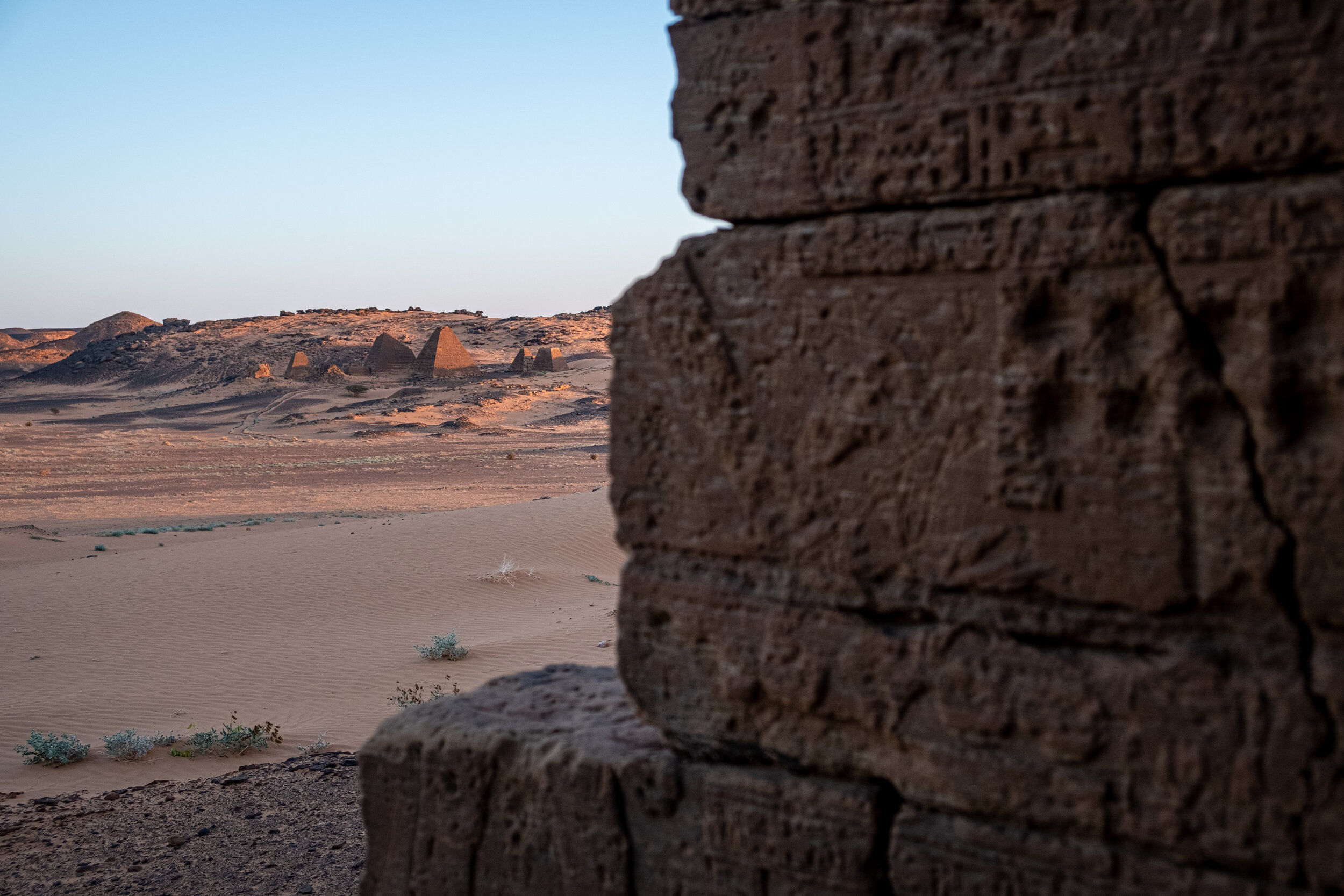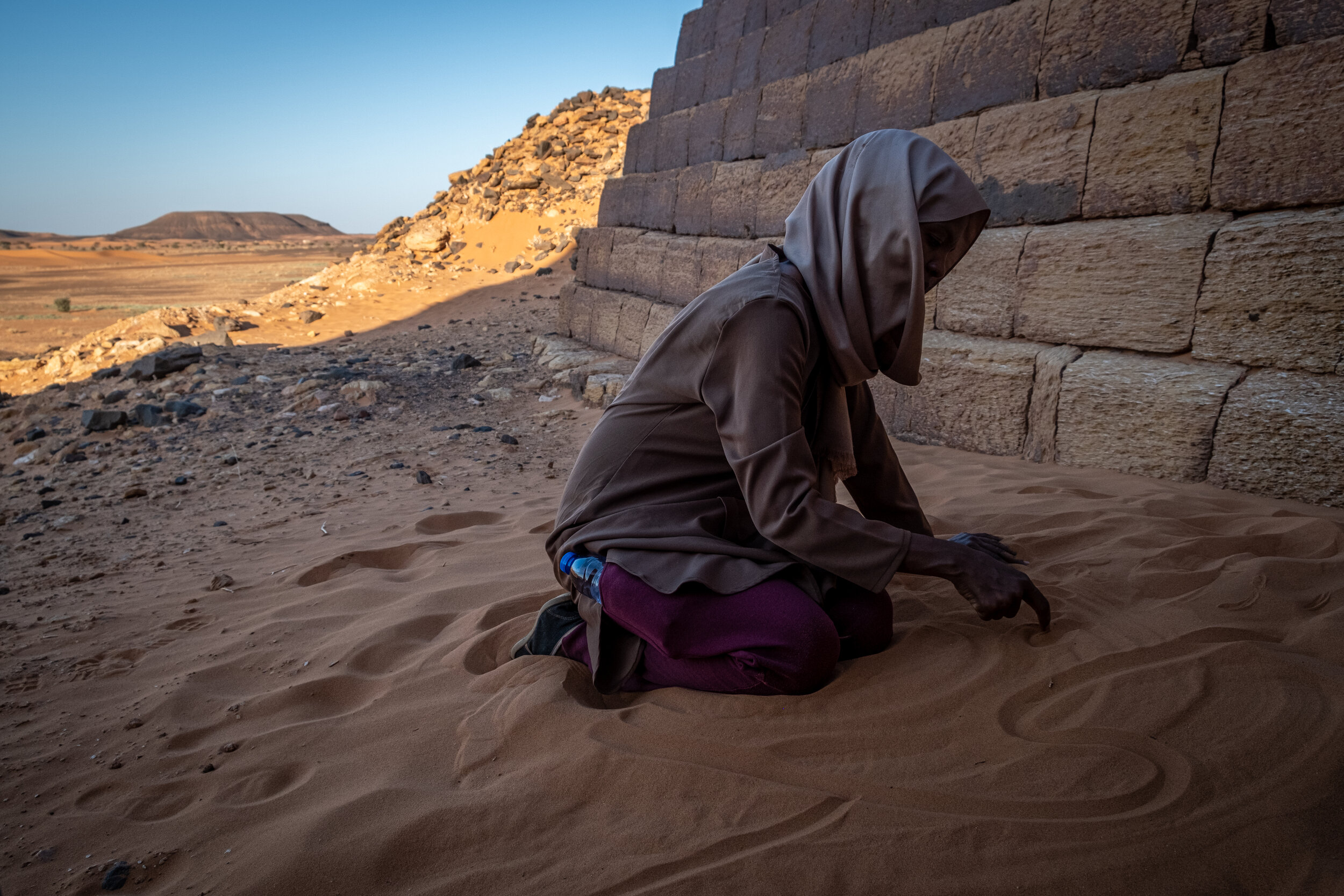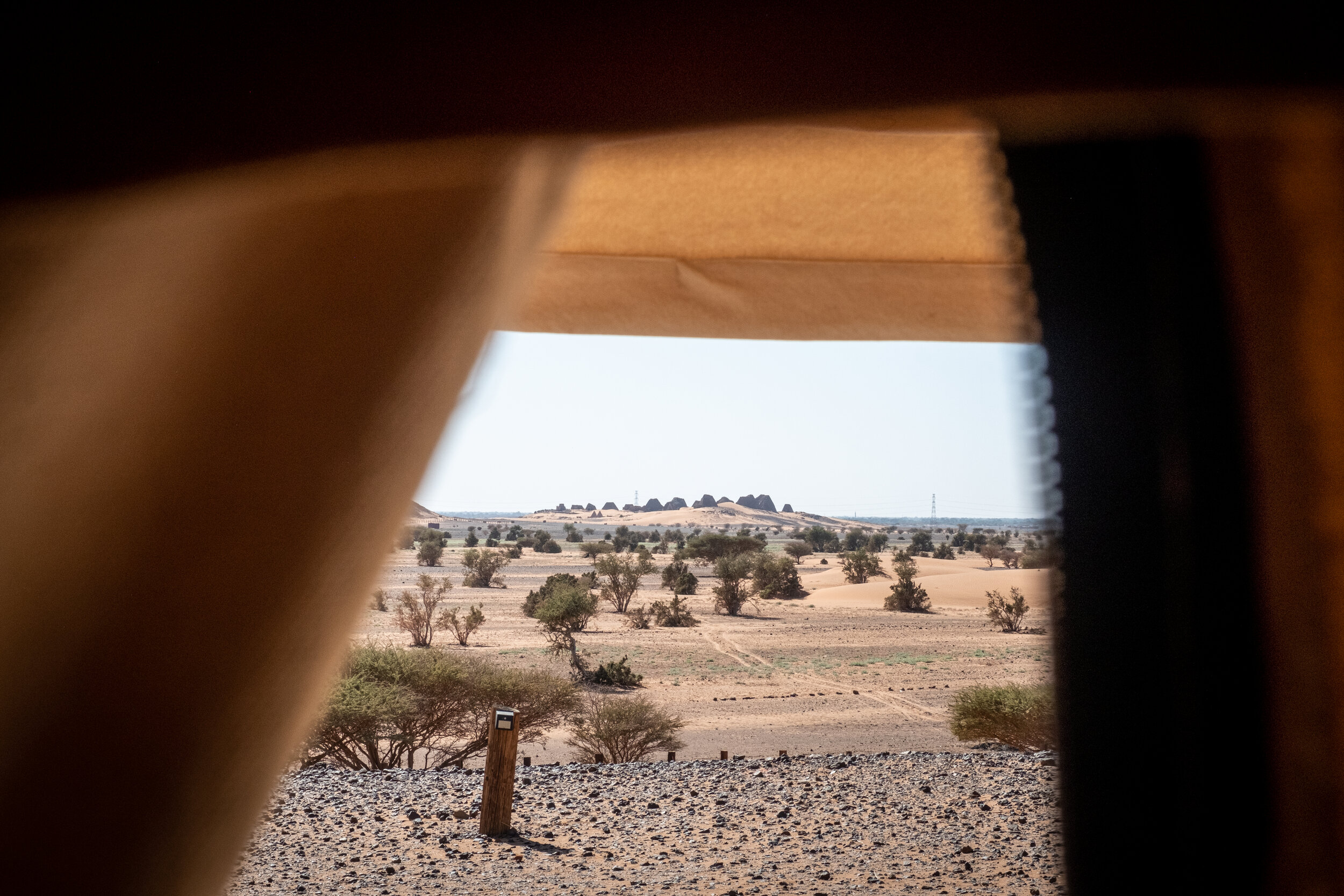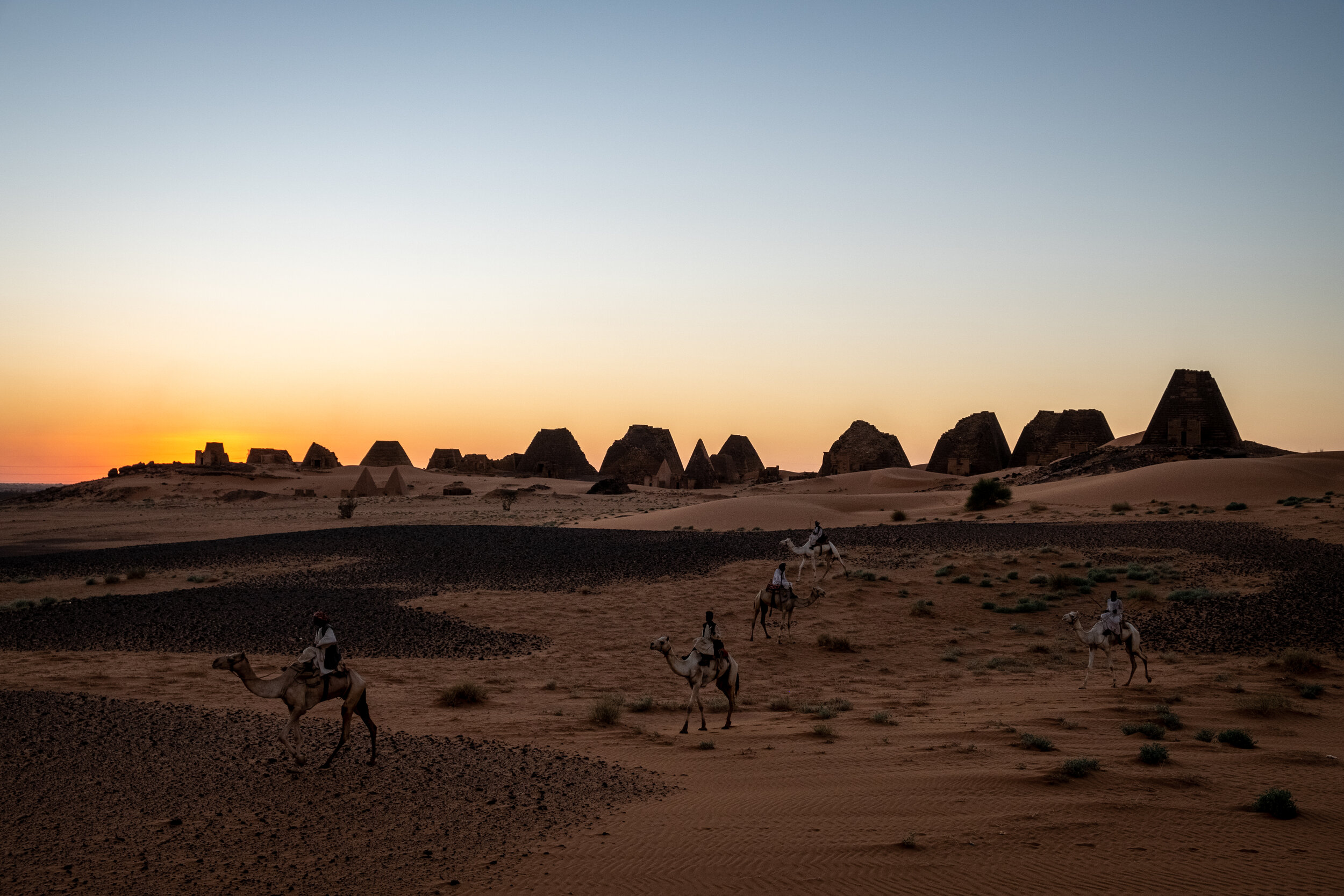For my first Financial Times assignment, I photographed the pyramids of the royal city of Meroë, a site of the Kushite kingdom dating from the eighth century BC, are smaller than their Egyptian counterparts in Giza, at roughly 30m high.
But there are many more, about 100 some 200km from Khartoum, though their tops were blown up in 1834 by Italian treasure hunter Giuseppe Ferlini as he plundered their contents.
The site is largely unvisited by outsiders, apart from the odd group of diplomats, aid workers, and young residents of Khartoum. Stepping alone into one of the world’s greatest archaeological sites may be marvellous for one lucky visitor, but it is also testament to the sluggish state of Sudanese tourism.
“This is the biggest concentration of pyramids in the world. You don't see such a number in one place anywhere else,” says Mahmoud Suliman Bashir, the archaeologist who manages the Island of Meroë World Heritage Site. “It is unique in that you have a site just for yourself,” he adds, comparing the experience with that of other sites with pyramids in Egypt and Mexico, usually teeming with global tourists.
Read the full piece by the FT’s Andres Schipani by following this link, or read more in the posts on my Instagram profile.
